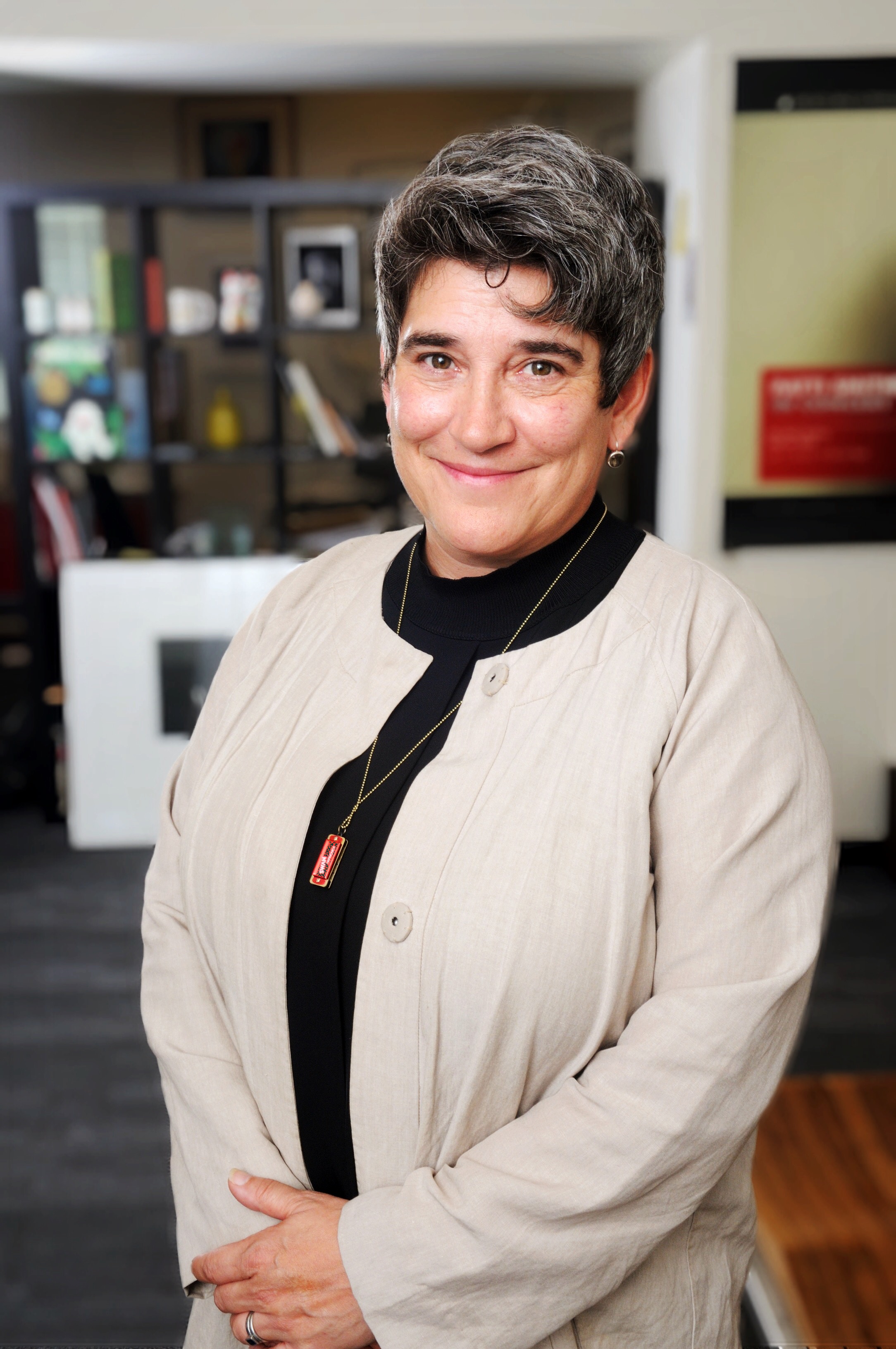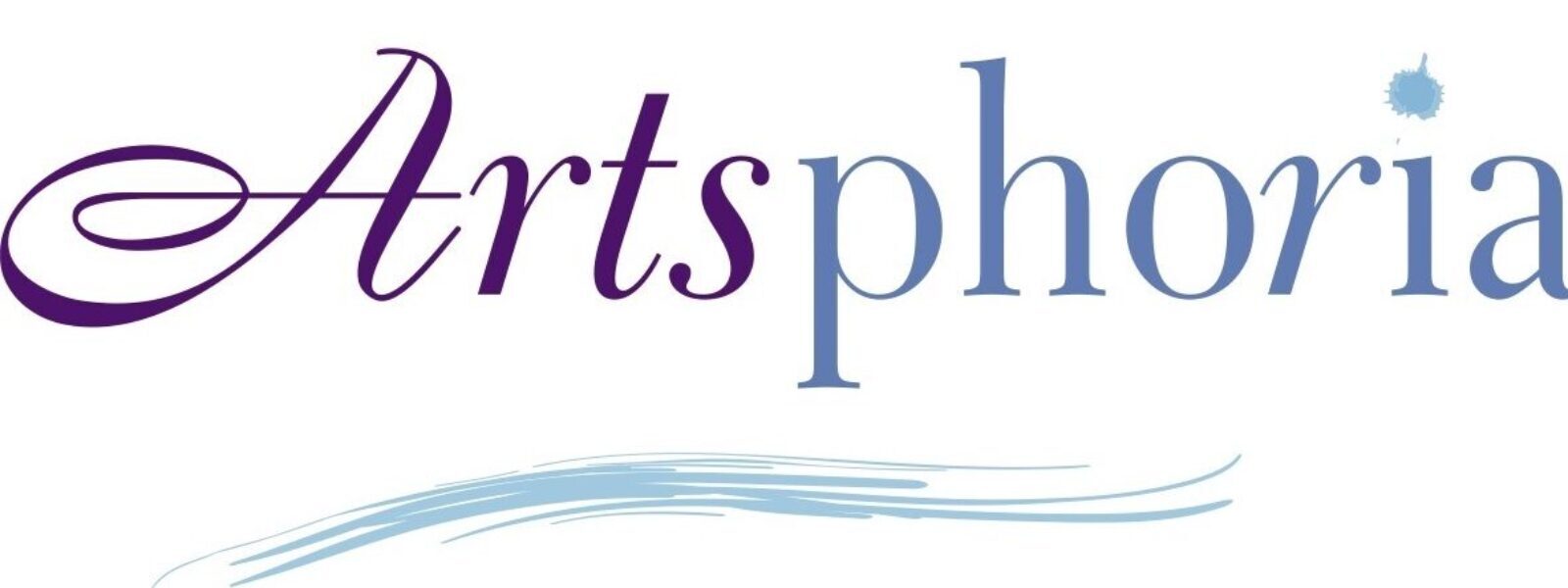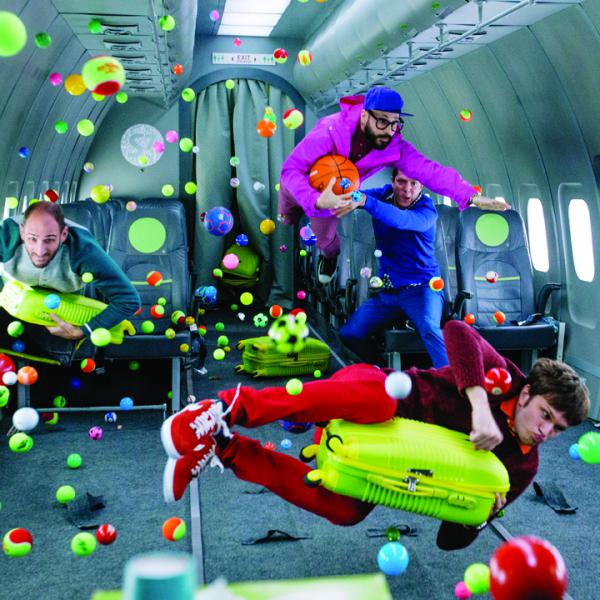
Kristy Edmunds, executive and artistic director of UCLA’s Center for the Art of Performance (CAP UCLA), has vision. Under her arts leadership since 2011, the center has evolved as a trailblazing organization for contemporary interdisciplinary performing arts. CAP UCLA presents more than 60 performances annually at Royce Hall on the UCLA campus, The Theatre at Ace Hotel in downtown Los Angeles and in collaboration with local and international organizations.
CAP UCLA supports the creative development of new work through residencies and awards a 3-year Artist Fellow for acclaimed master artists while building creative and scholarly contexts in the public presentation of their work(s) over time. Through her tenure to date, she has dramatically expanded and diversified the organization’s public engagement and has involved the center’s staff and visiting artists in the academic and research areas throughout UCLA.
Champion for Artists
As an artist, curator, artistic director and frequent advisor, Kristy Edmunds has a reputation for innovation and insight within numerous art practices. She is widely regarded for championing the role of artists in a dynamically changing world and for her depth in the presentation of their work. Her professional relationships with artists have resulted in ambitious commissions for new work, broad surveys of the range of their work, retrospectives and international collaborations.
Recognized for her arts leadership, Edmunds is a frequent keynote speaker, advisor, nominator and conduit for “blasting open creative tributaries” in international settings including serving as one of eight faculty members for the CultureSummit 2017 in Abu Dhabi and a Scholar-in-Residence for the Pew Center for Art & Heritage in Philadelphia. She is equally committed to supporting Los Angeles classrooms for elementary school students and making contributions at national policy tables. Edmunds has been a nominator and panelist for many of the nation’s most prestigious national grants and awards, has been a consultant for major cultural initiatives internationally and serves on various advisory boards within the not-for-profit arts sector.
Artistic High-Water Marks
At 28, Edmunds founded the Portland Institute for Contemporary Art (PICA) and its annual TBA Festival (Time Based Art) in Portland, Oregon, and continues to be an advisor to the organization. In 2004, she was appointed as the artistic director of the Melbourne International Arts Festival 2005 to 2008 and was the first to serve an unprecedented four-year term. Her acclaimed festival programs were considered a high-water mark artistically.
In addition, Edmunds was appointed to lead the School of Performing Arts at the Victorian College of the Arts/University of Melbourne. One year into her tenure, she was appointed as deputy dean of the college. Upon her departure, she was awarded as an Honorary Professorial Fellow of the University.
While working in Melbourne, Australia, she was also appointed as the consulting artistic director for the formative beginning of the Park Avenue Armory in New York City, before returning to the United States in 2011. Through 2009 to 2012, Edmunds established the annual programming footprint of the critically heralded organization and curated noted works of scale by artists such as Peter Greenaway and Ann Hamilton.
In recognition of her contribution to the arts, Edmunds was bestowed with the honor of Chevalier (Knight) de L’Ordre des Arts et des Lettres by the French Government in 2016. She is married with two sons and now calls Los Angeles home.
Here are some insights about her arts leadership and firsthand experiences as an artist:
1. Can you provide an example of your innovative approach to the “depth in the presentation of contemporary performing arts” at CAP UCLA? Depth, in UCLA’s Center for the Art of Performance, is a fundamental element of what we do in the context of curating, selecting and facilitating an artist’s work for a diverse public (of which there is no one sweeping generalization to describe, nor try to categorize). Strange as it is to say this, the element of depth is innovative, because the majority of avenues for experiencing live performance often leaves an artist’s contexts, use of form, lineage and creative singularity up in the air. What we do is develop ancillary approaches for enabling a fuller view of the artist, the production, the particular piece to be explored alongside of the performance itself.
2. What are some of the keys to the center’s success as “one of the nation’s leading presenting organizations for contemporary performing artists”? The primary key is that we stay very close to the artist’s process, practices, interests and work. Rather than ask an artist to make something that fits our institutional needs as a primary condition, we adapt where plausible to collaborate in fulfilling their vision – we position our efforts to support what they are doing, rather than the other way around. An example is that we have multiple platforms to suit a creative development “pipeline” – residencies for testing ideas and rehearsal space; Fellow Awards for master artists where we work together in depth over a 3-year period to develop contexts for multiple productions and present them as they evolve; co-commissioning support for new work in development, and field-wide advocacy for projects and pieces that colleague organizations may be interested in but are not yet aware of. AND, of course we commit to the fully developed presentation of completed projects, which is by far the most visible part of how we support artists.
I would say that our embrace of numerous disciplines rather than a single art form expands our leadership within a broad arts ecology. We are versant in contemporary dance, theater, various music and literary genres, in addition to working with artists based in LA, around the US and internationally. Which means that we have a great deal of cultural and aesthetic knowledge to extend throughout the field, and to develop within Los Angeles. CAP UCLA is at the table on a range of issues, interests, project development and with the voice and vantage points of a huge array of artists while sitting at various decision-making platforms. If our sole focus was theater, we would seek to present the most substantive productions that we could, from emerging to established theater-makers, and CAP UCLA would endeavor to be an esteemed organization in the global theater scene, along with being entrusted at the local level. We do this in all performing arts disciplines to the maximum of our capacity.
I actually think that the word “trust” is the key. We are successful because we are collaborating with artists and funders and the public to generate exceptionally informed work together. We don’t take a stance that bypasses the acknowledgement of how interdependent success is.
3. What do you think are secrets to the “art of business” and the “business of art”? I don’t think there are any real secrets here. There are professional codes of ethics and care that are distributed across resourcing models and efforts, and all of these are basically intended to sustain the work happening now and into the future. CAP UCLA, like many performing arts entities are not for profit organizations. This certainly doesn’t mean that one cannot have profitable practices. But the idea that decisions are made based upon the all-consuming drive for profit, are subdued in service to amplifying and sustaining a cultural mission that serves artists and access to the causes and considerations of the arts.
4. What is an important lesson that you learned from your previous experiences as an artistic director that you still apply to your work today? Listening.
5. How does your firsthand experience as a visual artist, an independent filmmaker and a playwright influence your daily decision-making process? I know how much goes into every aspect of making something, and what it takes to find the resources for converting an idea into an art form. It gives me an acute awareness of the various forks in the road, and how to be versant in translating artistic intent into meaningful contexts for those who don’t spend their lives making art.
6. Are you working on any of your own projects now, and, if so, please describe them and explain how you carve out time while handling your other responsibilities? I’m always working on projects, or finding a form for an idea. Carving out time for being an artist is about taking a long view in my case. What I cannot finish in the short term, will still be there later on if it’s worth doing, and the drive for my art work to be thrust into a spotlight is not what I make things for. Almost all of the projects I have in train energize what I am mulling over in my professional responsibilities – it’s akin to “thinking with your hands.” If I am not making something in some form then a wealth of creativity is unavailable to me. At present, institutions are a material and a creative discipline, so whatever I am exploring artistically, tends to also illuminate something in the work at CAP UCLA or in the field at large.
7. Can you offer any tips to artistic directors and artists to help them thrive despite current challenges? I wish there were tips and bullet points to help circumnavigate the very real challenges of thriving in what we do. I suppose that depends on what sort of “help” one could identify as specifically necessary…. Something about holding your clarity, intent and perspective within your internal compass matters I think, because it grounds you when the cacophony of bizarre expectations and escalating pressures start flying. If you have accepted a responsibility, then by all means be fully responsible (something that in my earlier life never required mention, but is now worth reiterating in today’s climate), and if you can’t take it on but value the task, then help find someone who will be and support them. Remember that a life well lived is the greatest revenge (as the saying goes), and never lose your sense of humor, or capacity for ebullience.

